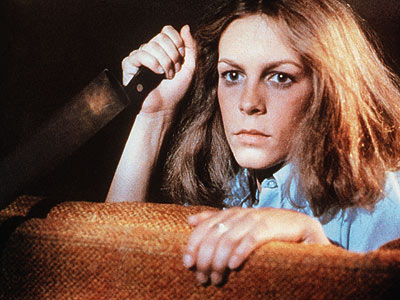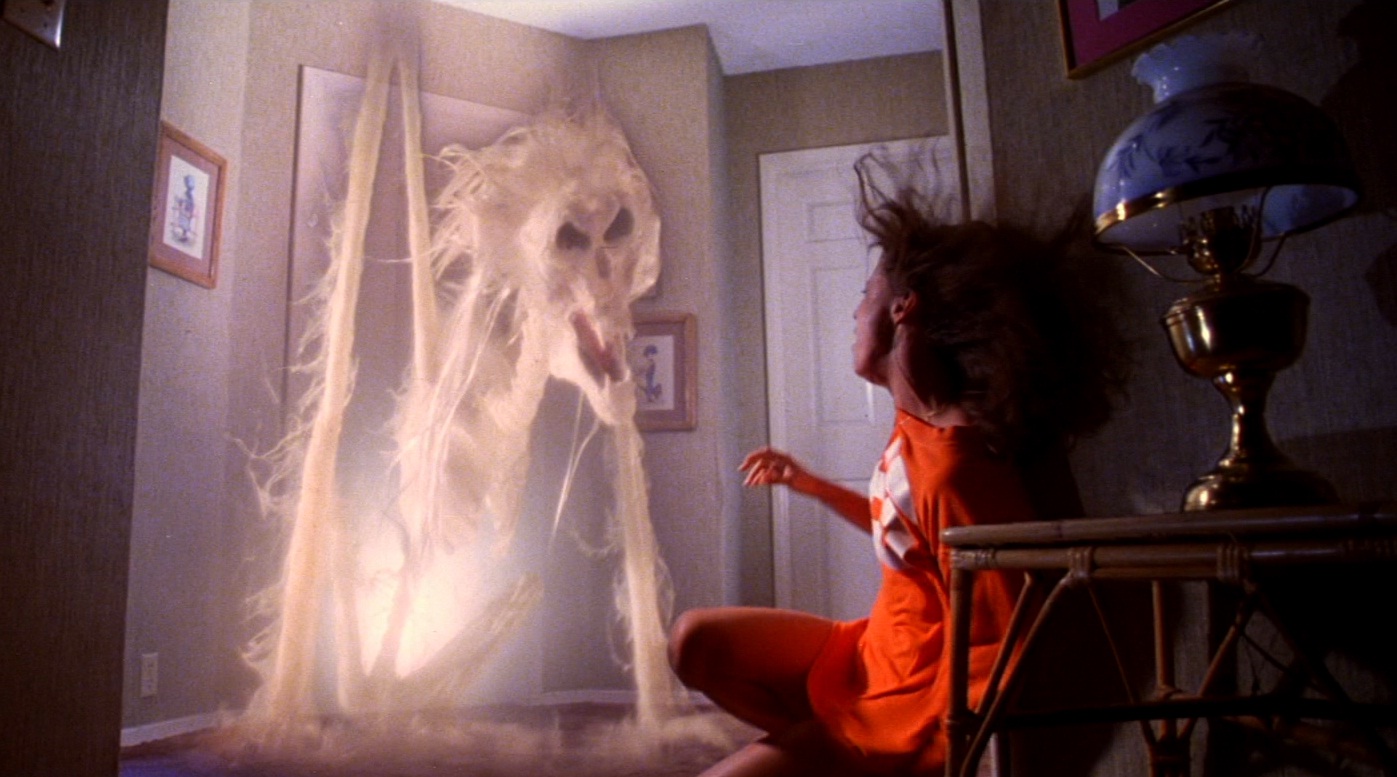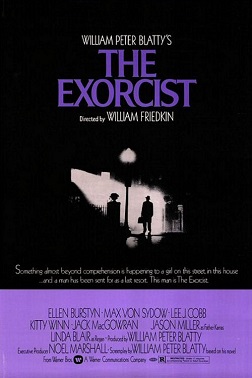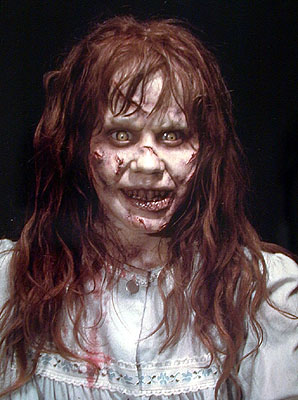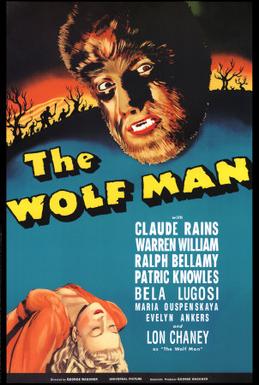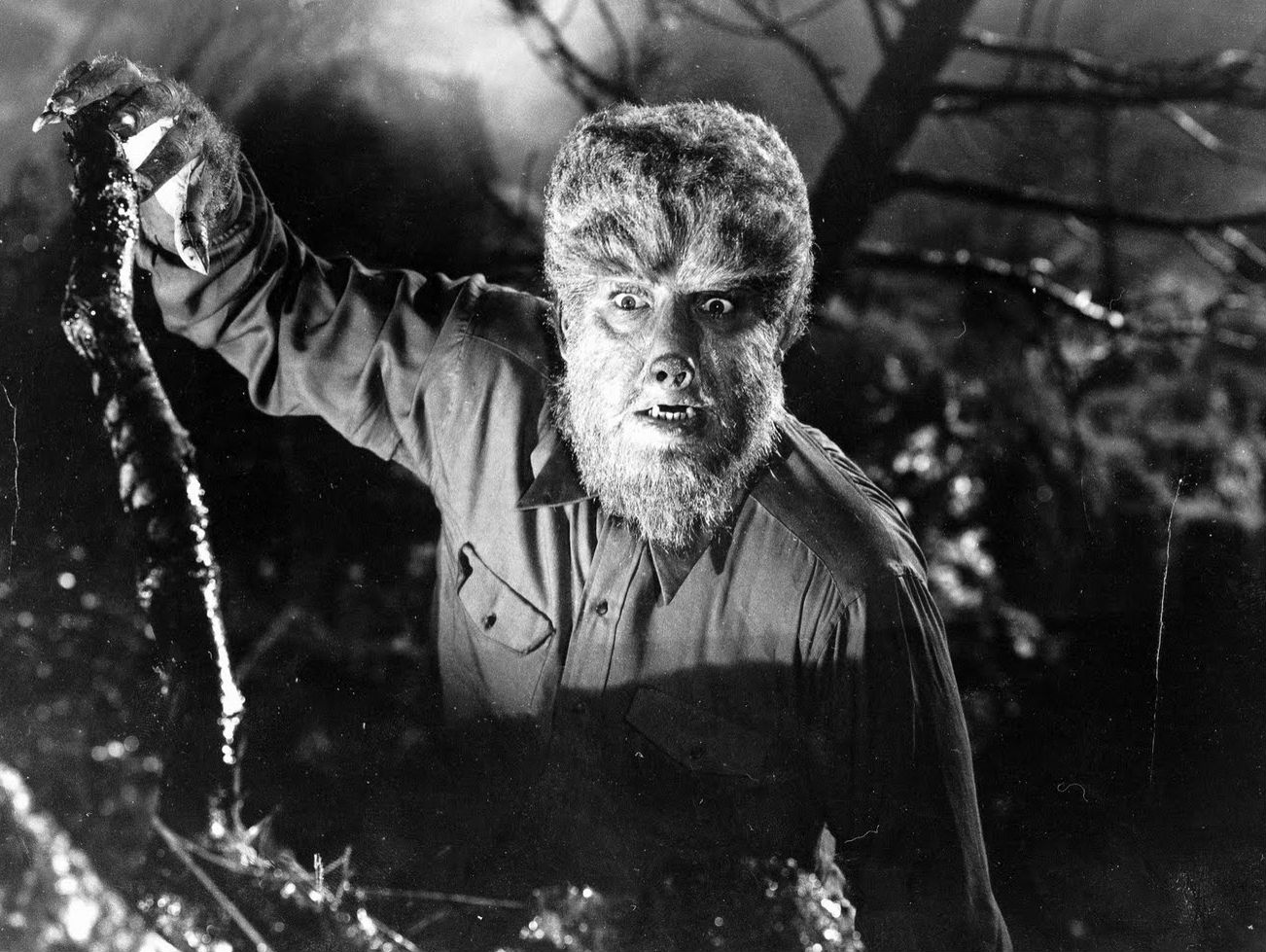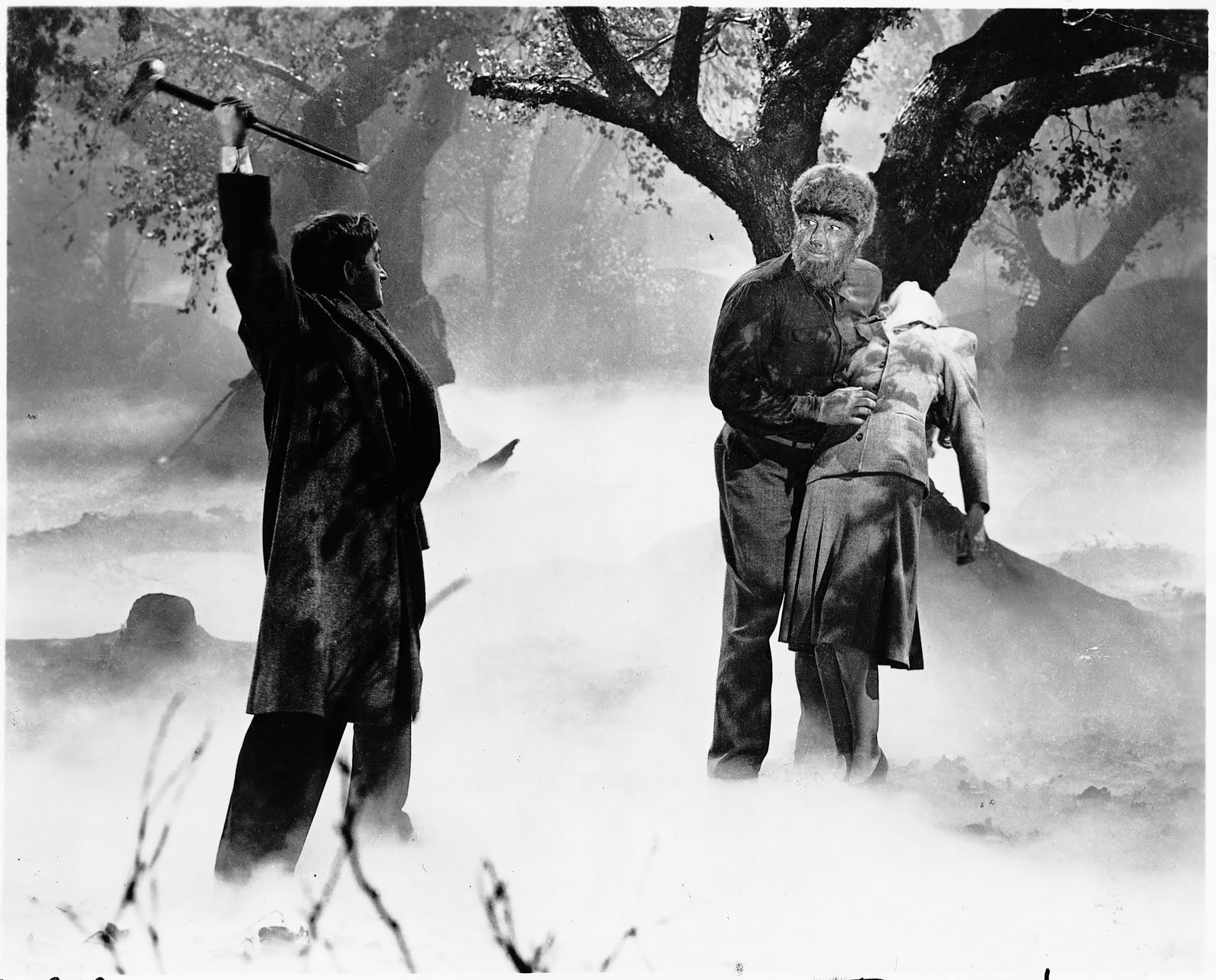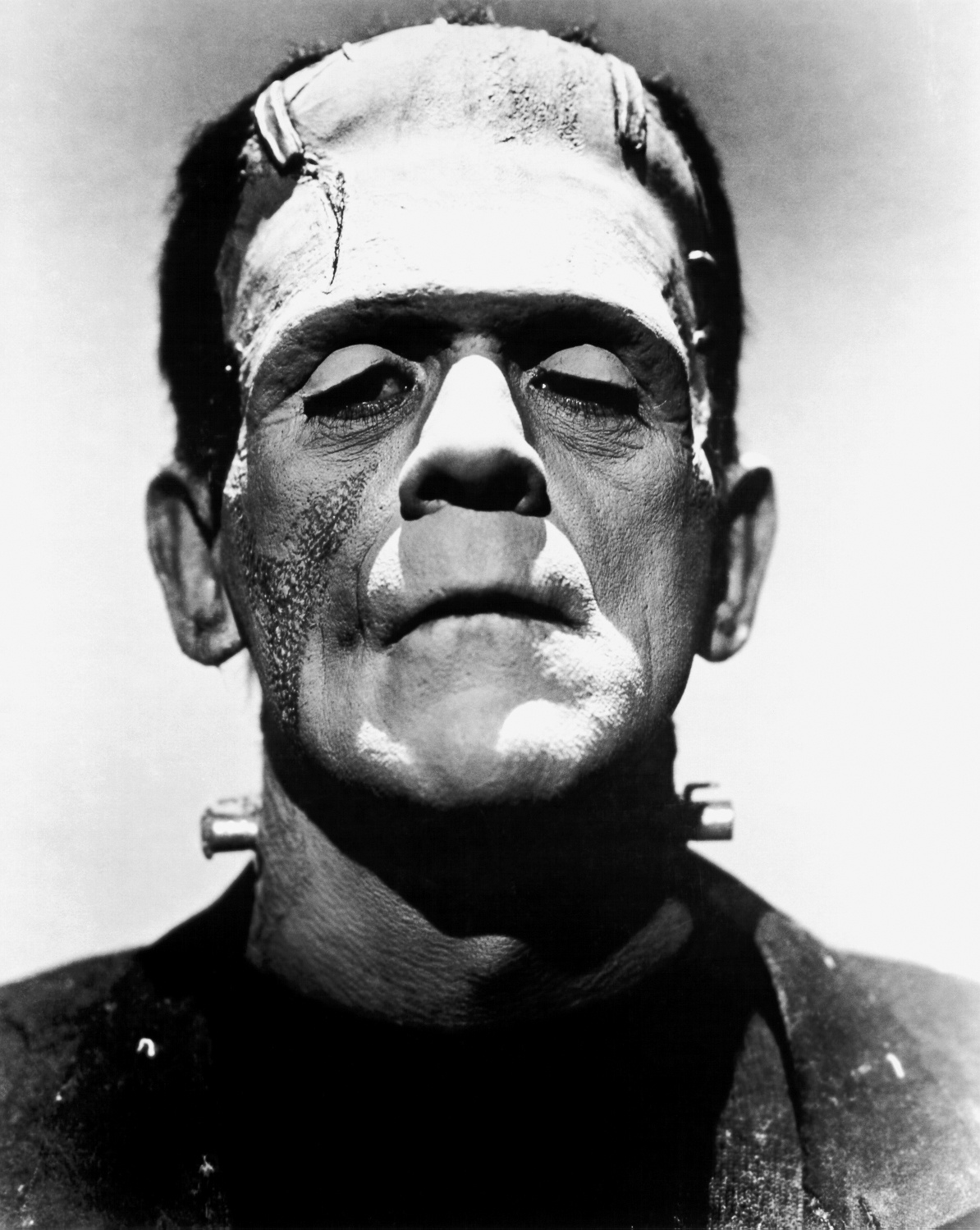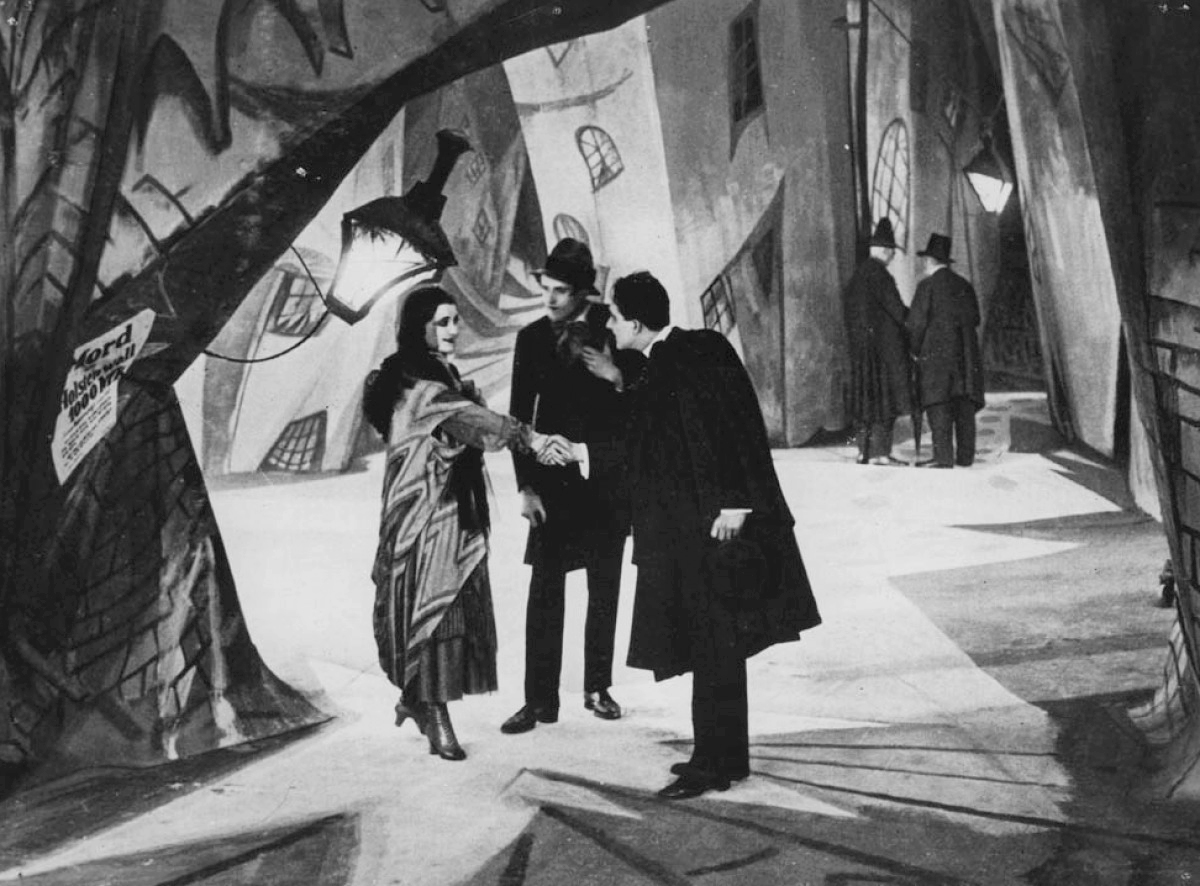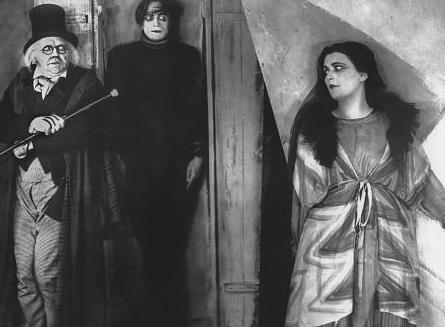 #657- Halloween (1978)
#657- Halloween (1978)Starring: Donald Pleasence, Jamie Lee Curtis, Charles Cyphers
Directed by: John Carpenter
Plot Summary: On Halloween night in 1963, 6-year-old Michael Myers brutally murdered his sister Judith. Fifteen years later, Michael escapes from the hospital he was kept in and makes his way back to his hometown of Haddonfield, Illinois. Michael's psychiatrist Dr. Samuel Loomis is on a desperate pursuit to find Michael and take him back to the hospital before he goes on another killing spree. Michael has returned home and targeted Laurie Strode and her friends for a murderous celebration of the night he came home.
You had to know this was going to be the film I'd choose to close out the month. Halloween is one of the most universally recognizable names in horror for a number of reasons, from its characters to its atmosphere, to the fact that this film was made independently and at a time when the box office was being dominated by big budget blockbusters. I remember Halloween being one of the first horror franchises I ever got interested in, thanks to a marathon airing on TV that took me through most of the original franchise. After seeing all the Halloween films, including the 2007 remake and its sequel, I can easily say that the film had an effect on my life (both good and bad, depending on which Halloween film) as a fan of horror. Because of that, I feel like there is no better way to celebrate Halloween than to talk about Halloween.
The main attraction to Halloween is the creation of Michael Myers, played by Nick Castle (he was played by numerous actors in the first film, but Castle is the most recognized name that played him throughout the film). I would credit Michael Myers for creating the stereotype for many slasher villains to follow, including Jason Voorhees from the Friday the 13th franchise. Myers is a slow moving, mask wearing killer with a knife, the concept is so simple but it paved the way for what many would imagine a slasher villain to be. While the sequels help the viewers understand WHY Michael is targeting Laurie, I think it is much more horrifying in the first film when there were no planned sequels and Michael Myers was just a ruthless killer with no motivations.
Michael's main target in Halloween is Laurie Strode, played by Jamie Lee Curtis. Laurie doesn't have a whole lot to do worth mentioning in terms of the first Halloween film (her character goes through major developments in many of the sequels) except screaming her lungs out. There are many scenes in which all she does is scream, and I think it's some of the most effective screaming I've heard in a horror film. Even if it was her first film, I give Jamie Lee Curtis a lot of credit for giving an audible amount of pain and depth in each of Laurie's screams. After the success of Halloween, Jamie Lee Curtis went on to star in many other cult horror films and garnered the reputation of a "scream queen," following in the footsteps of her mother Janet Leigh, who earned her "scream queen" title from playing Marion Crane in Psycho.
Sam Loomis is Michael's main psychiatrist, played by Donald Pleaseance. When we are not following Michael and Laurie's segments, we are looking at Loomis frantically searching for Michael. It's clear when we see Loomis that a relationship has developed between him and Michael. There's an amazing monologue he gives about his first encounter with Michael, and it is there that Pleaseance gives Loomis a self-knowledge about what Michael truly is, pure evil. Pleasance was a popular name used to attach to this film (other actors considered for the role were Peter Cushing and Christopher Lee), and his performance is one of the best highlights the film, and the entire franchise has to offer.
Halloween has left an indelible imprint on the horror franchise. Without it, it would be rare for a horror franchise to go further than 6 installments, independently made horror films would stand out less at the box office, and we wouldn't have half of the modern horror franchises we have now (Friday the 13th, A Nightmare on Elm Street, Scream, etc.). Whether you feel that the slasher movement was good for the horror genre or not, you have to admit that Halloween was the film that helped start one of the most popular trends in horror history.
Rating: 4.5 out of 5 stars.
Halloween introduced some of the most legendary characters in the horror canon and was able to frighten people and popularize the slasher genre, despite a low budget. Not much else I can say, except that I strongly recommend all horror fans owning this film in their collection, and since I'm posting this on October 31, watch it TODAY.
Comment below to share your thoughts on the movie or to discuss a topic that I left out of my review
Halloween and movie images are copyrighted by Compass International Pictures

